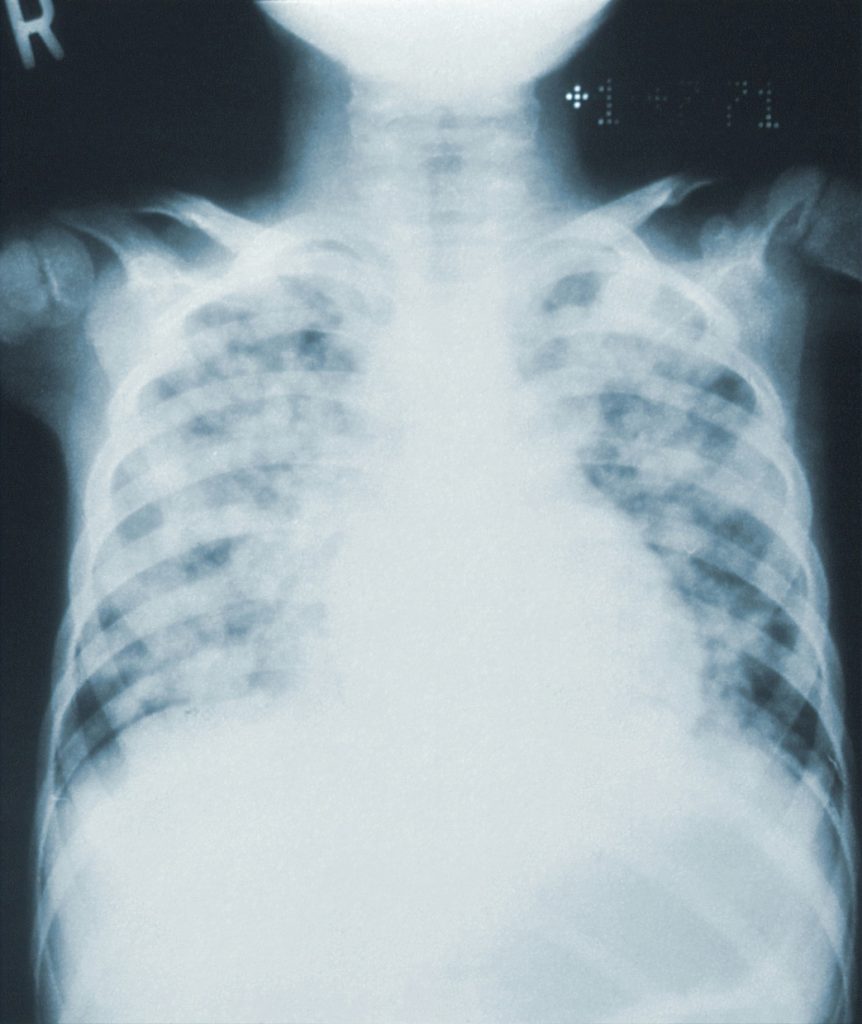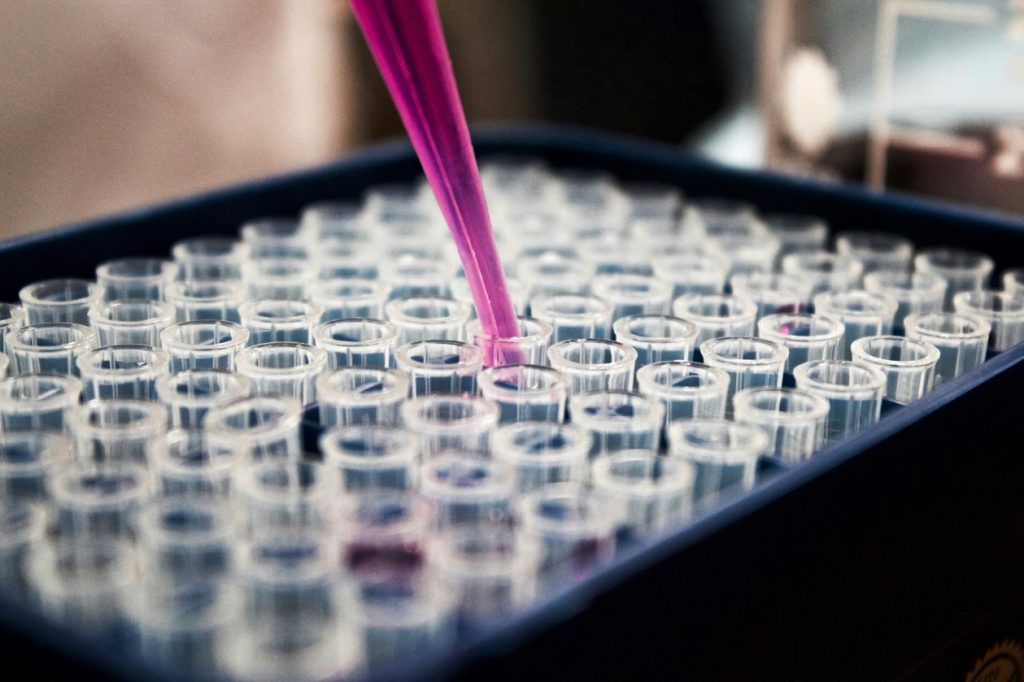Why it is interesting and Important?
Imagine your body as a giant library, and your genetic materical called DNA as the instruction manual for every single cell. Sometimes, this manual has a “typo” – a small error in the genetic code. These errors, called mutations, can cause genetic disorders such as sickle cell anemia, cystic fibrosis, or muscular dystrophy, Leber Congenital Amaurosis (LCA) – Inherited Blindness, and so on.

Now, what if scientists could go into that manual, find the typo, and fix it?
That’s exactly what CRISPR technology allows us to do.
Step 1: Finding the Typo in the DNA
Genetic disorders usually happen because of a tiny mistake in the DNA sequence. For example:
- In sickle cell anemia, one single letter (out of billions in your DNA) is wrong.
- In cystic fibrosis, a few letters are missing.
Think of it like a recipe for baking bread: if the word says “add salt” but the typo says “add silt,” the bread won’t turn out right.

Step 2: Using CRISPR as “Molecular Scissors”
CRISPR is like a DNA-editing tool with two parts:
- Guide RNA (GPS system): It searches the DNA and finds the exact location of the error.
- Cas9 protein (scissors): Once the mistake is found, Cas9 cuts the DNA at that spot.
Step 3: Fixing the genetic Error
After the DNA is cut, the cell tries to repair itself. Scientists can help by:
- Correcting the letter: Replacing the wrong DNA letter with the right one.
- Inserting new instructions: Adding healthy copies of the gene.
- Turning off harmful genes: Sometimes just switching off the faulty part is enough.
It’s like using the “find and replace” function on your computer to fix a typo.

Real-Life Example: Sickle Cell Anemia
- People with sickle cell disease have misshaped red blood cells that cause pain and organ damage.
- Scientists used CRISPR to edit bone marrow cells, correcting the faulty gene.
- When these edited cells were put back into the patient, the body started making healthy red blood cells.
For the first time, many patients became free of sickle cell symptoms after treatment.

What This Means for the Future
CRISPR holds incredible promise:
- Curing inherited diseases at their root cause.
- Personalized medicine – treatments designed for your unique DNA.
- Preventing disorders before birth (though this raises ethical debates).
But scientists are also cautious. Mistakes in editing could cause unintended problems, and we must carefully decide where to draw the line.

Final Thought
CRISPR is giving us the ability to correct nature’s typos. For people living with genetic disorders, this technology could mean not just treatment, but an actual cure – rewriting their story at the most fundamental level: their DNA. Science is most powerful Tool!


Leave a Reply